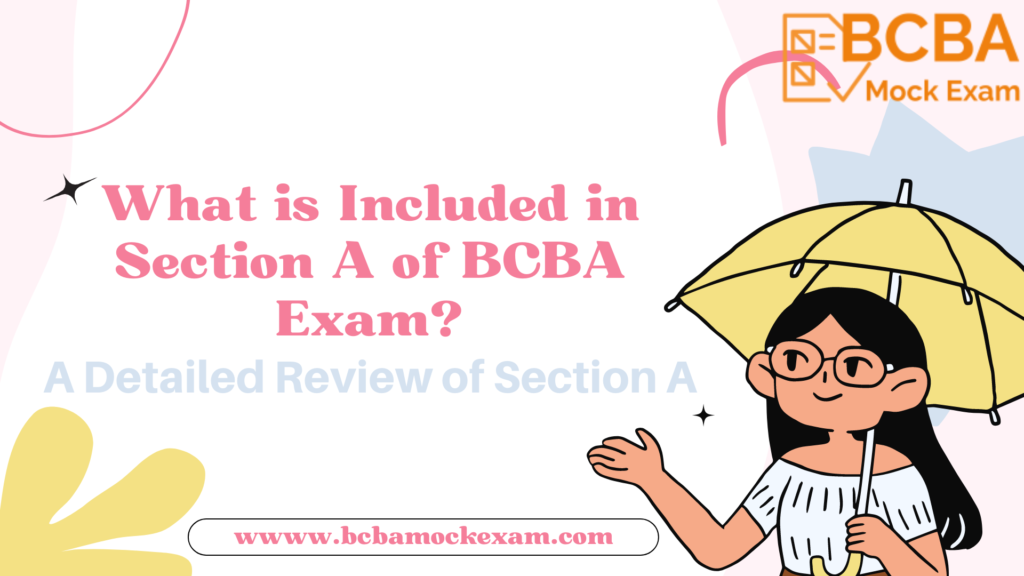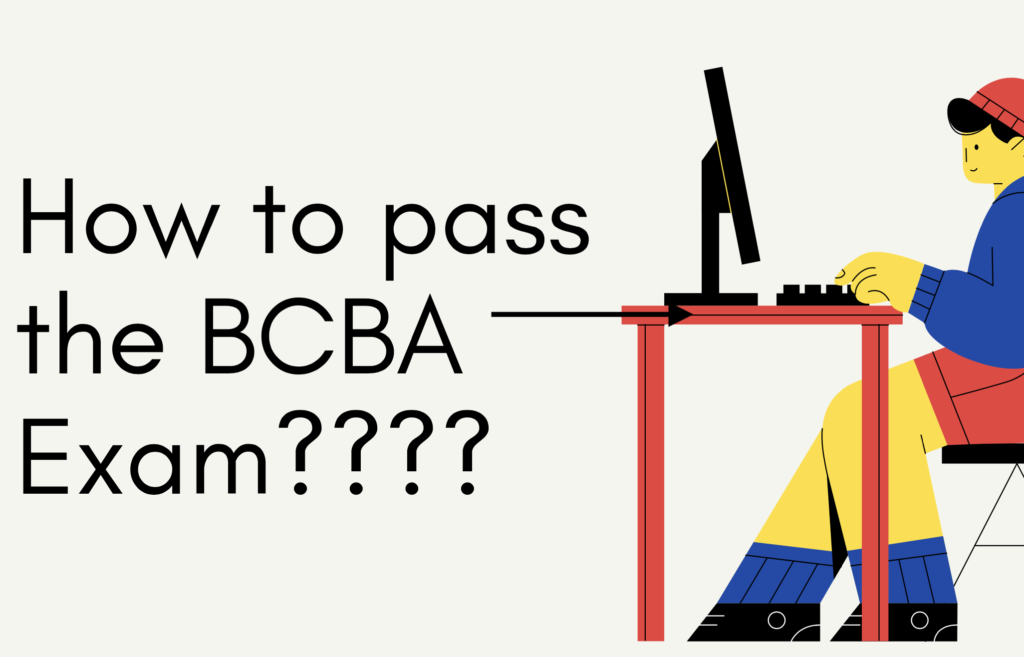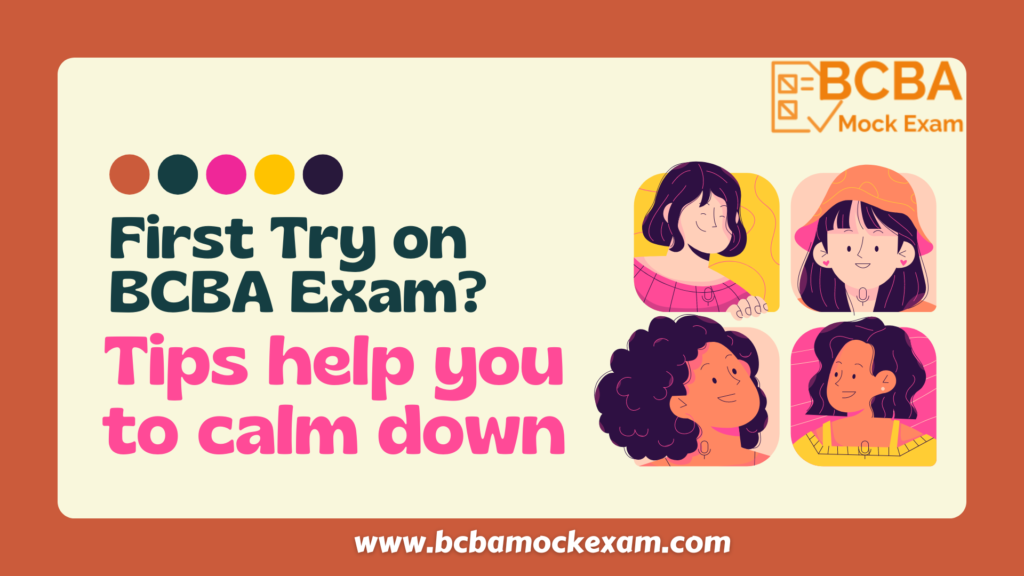— Part 1 of Philosophical Underpinnings of Behavior Analysis
<Behavior analysis, as a specific field of psychology, refers to the objective studying of human behavior, and it strives to describe, predict and control the explicit behavior of organism to external, mainly social environments.>
- Description
Description is an important first step in science because the knowledge gathered through the systematic observation of an event of interest can help behavior analysts ask better and pertinent questions, and this lays the groundwork for understanding about events of the same or similar kind. It is most effective when the description is constructed in a way that classifies and quantifies the behavior, because this way, relevant parameters can be identified and measured against certain yardstick to better interpret the behavior in question. Therefore, the very first goal of behavior analysis is to obtain a description of the event or behavior by means of observing and inquiring. With accurate description, possible hypotheses of questions can be made for additional research. The premise of formulating a hypothesis is to have an expected relationship between variables that is testable and falsifiable. In this case, having a quantifiable description helps pinpoint the variables which enable further analysis.
Clinical example:
The definition of hand flapping is ‘repeated movements of hands up and down lasting longer than 5 seconds’. Using this as a baseline, when one wishes to diagnose whether the individual of interest exhibits hand flapping, the judgement will be made based on whether his or her behavior complies with the description of hand clapping in terms of the frequency, movement and time factor.
- Prediction
Prediction is an important aspect of science because it helps us establish relations between events. It is possible to estimate the relative likelihood using the correlation if two events regularly co-vary with one another. Prediction is useful because it dramatically increases our utility of understanding a phenomenon. It is noteworthy however, that correlation does not mean causality. Causality means that A was the reason why B happened, while correlation means that when A moves, B moves with it, wither in the same or opposite directions. In other words, prediction can’t demonstrate functional relations. Rather, it can only hint at the idea of exploring casual relationships. For example, there is a strong correlation between hot weather and more accidents where people die from drowning. However, we can’t assume that hot weather causes people to drown.
Daily life example:
You notice your friend who lives next door goes to the driveway to get their mail, and you also notice that your friend always carries an umbrella when it rains. By deduction, every time it rains, you can count on your friend to take an umbrella with him when he goes to collect his mails.
Clinical example:
You observe that your client physically runs away when he is asked to perform a task, therefore you are sure that if you present your client with a task demand, he will attempt to elope from the room.
- Control
Control through the lens of behavior analysis means that a specific change in one event can be assuredly generated by the scientific manipulation of another event. And this means that the change in the former event is not caused by any other factors or variables. Such association is based on the premise that there is a functional relation between independent variable and dependent variable. Unlike prediction that can merely hint at the idea of exploring casual relationships, on the level of control, the manipulation of independent variable can be used to produce a reliable in the dependent variable. Control is a significant goal because it indicates the capability to exert control over two events, which are the independent and dependent variable, and such control shows a scientific comprehension which is the most valuable and most instrumental tool to designing a technology which serves the purpose of changing behaviors.
Clinical example:
During the functional analysis of a client who exhibits self-injurious behaviors, the analyst observes that the client stops self-injury during the play (control) or tangible conditions. During the demand control, nevertheless, the client self-injures every time he is required to perform a task. Therefore, withdrawing the demand invariably leads to the termination of self-injurious behaviors.
Hopefully after reading this blog, you will have a better understanding of what BCBA exam contains and have more confidence in preparing for it. If you wish to know more about real exam questions and have a go at mock exams, please visit our website www.bcbamockexam.com or visit our YouTube channel BCBA Mock Exam – YouTube for more information.





